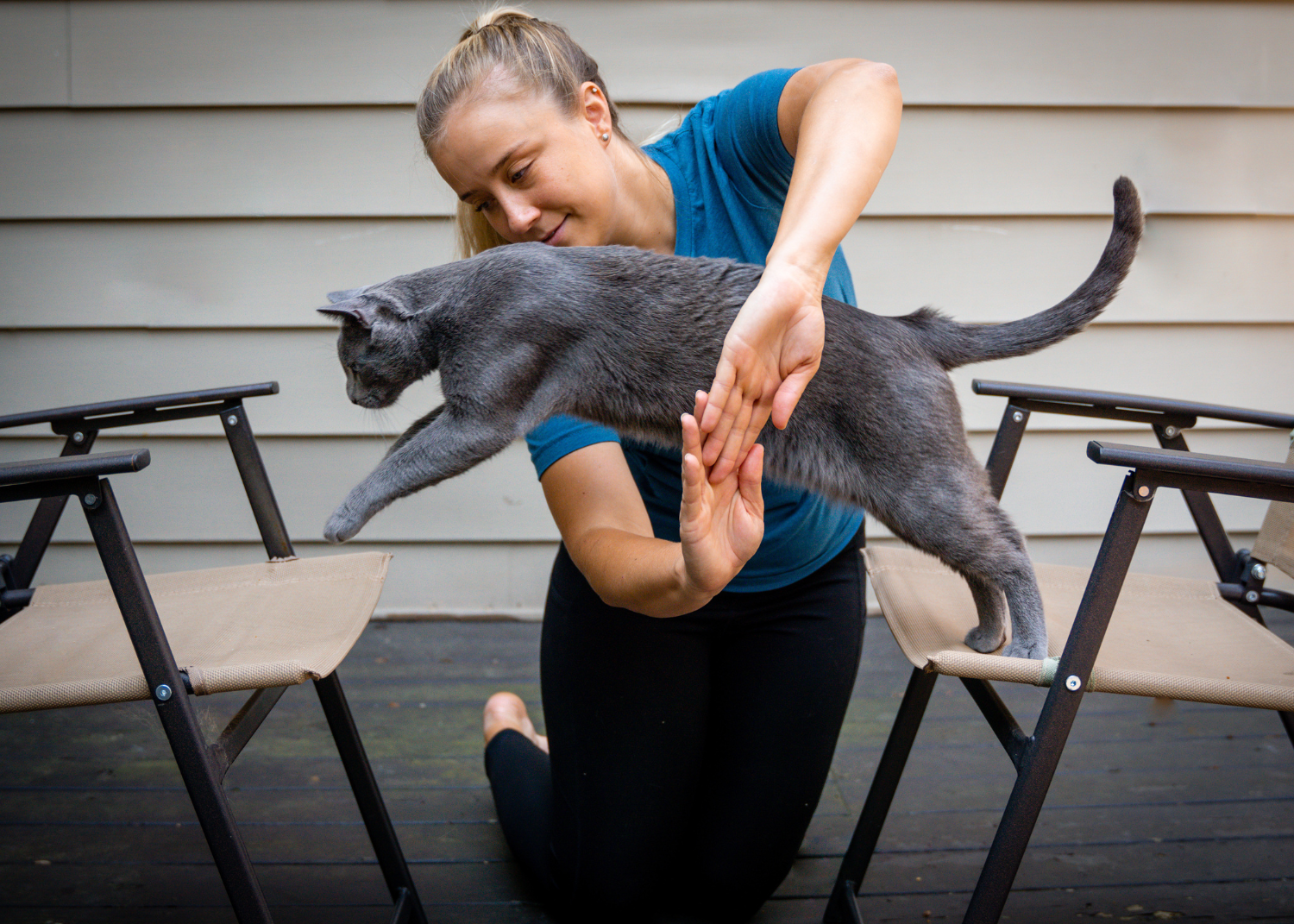Animals
The Fascinating World of Bird Migration

Learn about the incredible journeys birds undertake during migration. Discover the reasons behind their travels, the challenges they face, and the importance of preserving migratory paths.
Bird migration is one of nature’s most incredible phenomena. Every year, millions of birds travel thousands of miles to breed, feed, and avoid harsh climates. These epic journeys are driven by instinct and the need for survival.
Reasons for Migration
Birds migrate primarily for food and breeding. Seasonal changes in temperature and daylight influence their movement. During breeding season, birds travel to areas with abundant food and suitable nesting sites. In the winter, they move to warmer regions where food is still available.
Migration Patterns
Different species have unique migration routes. Some birds, like the Arctic Tern, travel from the Arctic to Antarctica, covering over 20,000 miles annually. Others, like the American Robin, migrate shorter distances within a continent. These patterns are often influenced by geography, climate, and the availability of resources.

Challenges
Migrating birds face numerous challenges, including habitat loss, climate change, and human-made obstacles like tall buildings and wind turbines. These factors can disrupt their migratory paths and threaten their survival. Conservation efforts focus on protecting key habitats and creating bird-friendly environments.
Conservation Efforts
Conservationists work to preserve migratory routes by protecting critical habitats and promoting policies that reduce human impact. Initiatives like the establishment of bird sanctuaries and the creation of “bird-friendly” building designs are crucial for supporting migratory birds.
How You Can Help
You can support migratory bird conservation by creating bird-friendly spaces in your community, participating in citizen science projects, and advocating for policies that protect migratory birds. Every effort helps ensure that these incredible journeys continue for generations to come.
Learn about the amazing journeys birds undertake and the importance of preserving their migratory paths.
Animals
The Benefits of Adopting a Senior Pet

Adopting a senior pet can be a rewarding experience that brings joy and companionship to your life. Older animals have unique qualities that make them wonderful additions to any household. Here are some of the benefits of adopting a senior pet.
1. Established Temperament
Senior pets often have established temperaments, making it easier to understand their personalities and how they will fit into your home. This can be particularly helpful for families looking for a pet with a specific temperament.
2. Lower Energy Levels
Older pets typically have lower energy levels compared to younger animals. This makes them a great choice for people who prefer a more relaxed lifestyle or who may not have the time or ability to keep up with a high-energy pet.
3. Training and Manners
Many senior pets come with basic training and good manners, making the transition to a new home smoother. They are often house-trained and understand basic commands, reducing the time and effort needed for training.
4. Gratitude and Bonding
Senior pets often show immense gratitude for being given a second chance at a loving home. The bond formed with a senior pet can be incredibly strong and fulfilling, as they appreciate the care and love they receive.
5. Making a Difference
By adopting a senior pet, you are providing a loving home to an animal that might otherwise be overlooked. This act of kindness can make a significant difference in the life of a senior pet, giving them the chance to live out their golden years in comfort and happiness.
Adopting a senior pet offers numerous benefits, from established temperaments to lower energy levels and strong bonds. If you’re considering adding a pet to your family, consider opening your heart and home to a senior animal in need.
Animals
How to Train Your Cat: Tips and Tricks

Training a cat might seem challenging, but with patience and the right techniques, you can teach your feline friend a variety of behaviors and commands. Here are some tips and tricks to help you get started.
1. Use Positive Reinforcement
Positive reinforcement is the most effective method for training cats. Reward your cat with treats, praise, or playtime whenever they exhibit the desired behavior. This encourages them to repeat the behavior.
2. Start with Basic Commands
Begin with simple commands such as “sit” or “come.” Use a treat to lure your cat into the desired position and reward them immediately. Repeat this process several times until your cat associates the command with the action.
3. Be Patient and Consistent
Training a cat takes time and patience. Be consistent with your training sessions and keep them short to maintain your cat’s interest. Practice regularly and be patient with your cat’s progress.
4. Use Clicker Training
Clicker training can be an effective way to train cats. The clicker sound marks the exact moment your cat performs the desired behavior, followed by a reward. This helps your cat understand which behavior is being rewarded.
5. Address Unwanted Behaviors
If your cat exhibits unwanted behaviors, redirect their attention to a more appropriate activity. For example, if your cat scratches furniture, provide a scratching post and reward them for using it.
Training your cat can be a rewarding experience that strengthens your bond. By using positive reinforcement, being patient and consistent, and addressing unwanted behaviors, you can teach your cat new commands and improve their behavior.
Animals
The Most Intelligent Dog Breeds

When it comes to intelligence, not all dog breeds are created equal. Some breeds stand out for their problem-solving abilities, trainability, and keen understanding of human emotions. Here are some of the most intelligent dog breeds that impress with their mental capabilities.
1. Border Collie
Known for their incredible work ethic and problem-solving skills, Border Collies are often considered the most intelligent dog breed. They excel in obedience training and can learn new commands with just a few repetitions.
2. Poodle
Poodles are not only known for their elegant appearance but also for their intelligence. They are quick learners and excel in various dog sports, including agility and obedience competitions.
3. German Shepherd
German Shepherds are highly versatile and intelligent dogs, often used in police and military roles. They are known for their loyalty, courage, and ability to learn complex tasks quickly.
4. Golden Retriever
Golden Retrievers are friendly, reliable, and intelligent dogs. They are easy to train and are often used as service dogs due to their gentle nature and quick learning abilities.
5. Doberman Pinscher
Dobermans are known for their alertness, loyalty, and intelligence. They are highly trainable and make excellent guard dogs due to their protective nature.
These intelligent dog breeds are not only great companions but also excel in various roles due to their mental capabilities. Whether you’re looking for a family pet or a working dog, these breeds are sure to impress with their intelligence and trainability.
-

 Tech1 ay ago
Tech1 ay agoInnovative Tech Gadgets You Need to Know About
-

 Editor Picks1 ay ago
Editor Picks1 ay agoThe Best Travel Destinations for 2024
-

 Animals2 ay ago
Animals2 ay agoThe Majestic Beauty of Siberian Tigers
-

 Animals2 ay ago
Animals2 ay agoThe Role of Bees in Our Ecosystem
-

 Business2 ay ago
Business2 ay agoThe Future of E-Commerce: Trends to Watch
-

 Animals2 ay ago
Animals2 ay agoUnderstanding the Social Structure of Elephants
-

 Business2 ay ago
Business2 ay agoSustainable Business Practices: A Path to Profitability
-

 Politics1 ay ago
Politics1 ay agoThe Impact of Social Media on Political Campaigns





